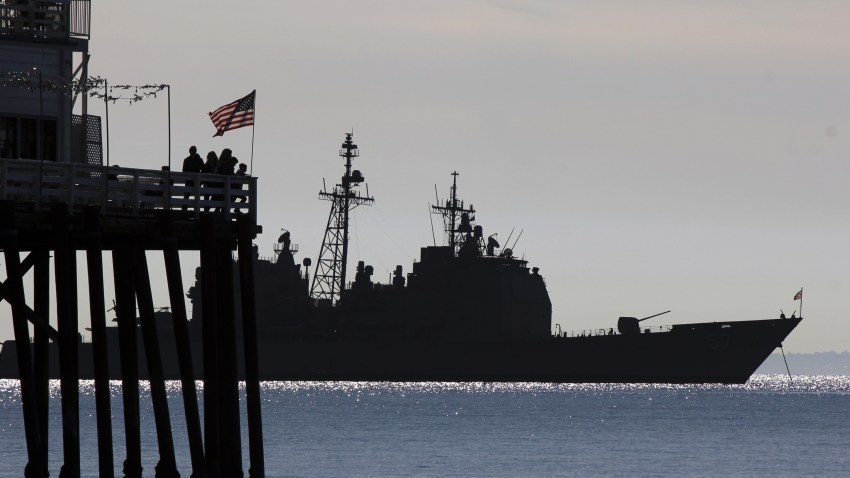Ever since 1907, when then-President Theodore Roosevelt sent a Great White Fleet of U.S. Navy battleships to pay port calls in dozens of countries around the world, Washington’s ability to project naval strength on a massive scale has been the crucial linchpin of U.S. global hegemony. Yet a structural crisis that is now overwhelming the U.S. Navy presents as much of a threat to Washington’s geopolitical position as the wave of isolationist populism fueled by the rise—and potential return—of former President Donald Trump.
From a distance, the U.S. Navy still looks like a formidable force that can outclass any potential rival. With 296 ships and 340,000 personnel, the fleet at Washington’s disposal vastly outguns every other great power, apart from China. And even if China’s accelerated ship-building over the past decade has enabled Beijing to boast the world’s largest fleet, the sheer firepower the U.S. can wield through dozens of submarines, 7 amphibious assault ships and 11 aircraft carriers still provides Washington far greater global reach. With the navies of the European Union and the U.K.—numbering a combined 116 surface combatants and 66 submarines—as well as Japan’s similarly sized fleet, 2 the U.S. can also count on support from allies with substantial naval resources of their own.
The extent of Washington’s dependence on the strength of the U.S. Navy is frequently underestimated because of a widespread fascination with special operations forces and high-end strike capabilities that neglects the logistics, maintenance and prepositioned storage such military assets need. For a continental state in the Western Hemisphere whose economy is deeply intertwined with developments in other global regions, the ability to control oceans linking its network of bases and prepositioned military storage sites is essential to managing simultaneous operations in the Middle East, Europe and the Indo-Pacific region. Without the global platform provided by its navy, the U.S. would be unable to deploy the overwhelming airpower that provides the freedom of action its land forces need to impose outcomes on the battlefield.

